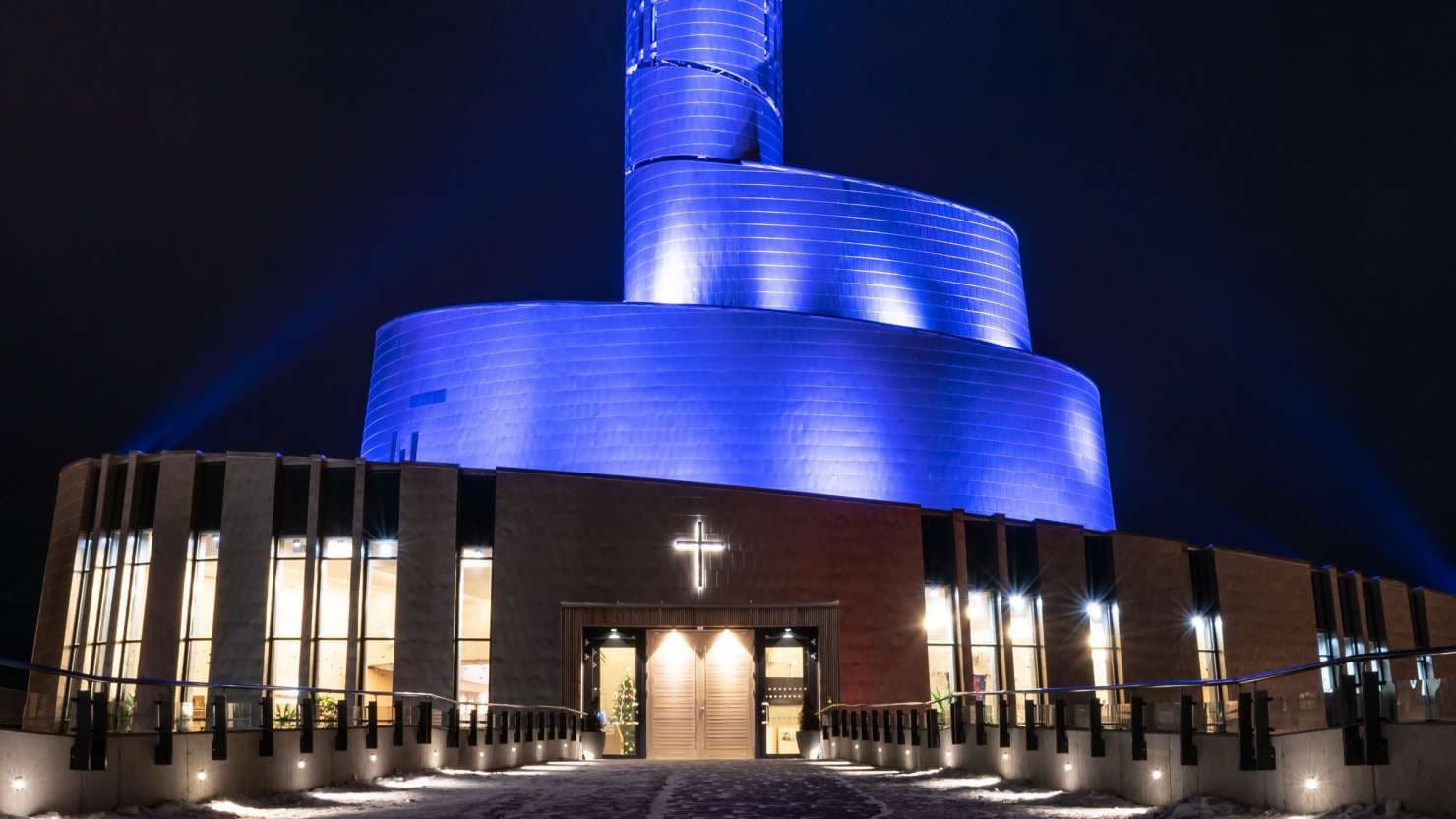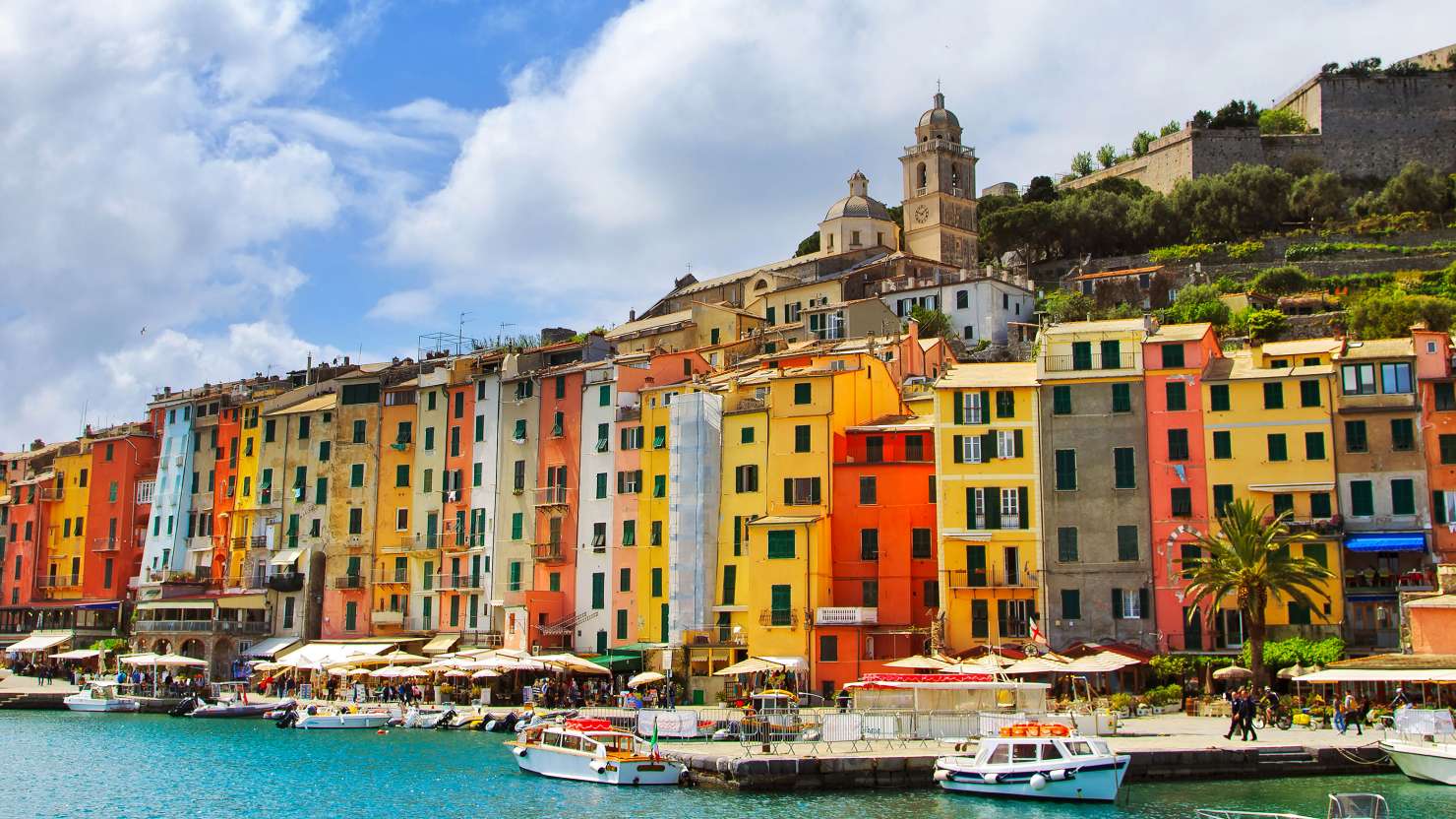Top things to do in Valletta
Explore more on the Mediterranean

Our best travel memories are often associated with some kind of view. Whether it’s catching a glimpse of the Amalfi coast through your window as you glide into Naples or that fortuitous snap at just the right angle next to the leaning tower of Pisa. While we start to make plans to travel again in the future, we’re thinking carefully about world landmarks that we want to add to our bucket list, for stories you’ll tell again and again and memories that will last a lifetime.
You might not think you could get to land-locked Berlin on a P&O Cruises holiday but think again! If you’re heading to Northern Europe and Scandinavia and stopping off at the beachy town of Warnemünde, you’ve the option to travel to the German capital for the day. Once there, make a beeline for the Brandenburg Gate, the city’s most iconic landmark. Completed in 1791, it was Germany’s first Greek revival building, and was inspired by the monumental gateway at the entrance to the Acropolis in Athens (more on that later.) Impressive and imposing, the building has an interesting history, as it came to symbolise Berlin’s Cold War division into East and West. Since the fall of the Berlin Wall, the gate has become a symbol of a reunified Germany. It backs on to the enormous Tiergarten park and is also just a short walk from Checkpoint Charlie, another major city landmark and gateway to the city’s past. Nearby, don’t miss the impactful Memorial to the Murdered Jews of Europe by New York architect Peter Eisenman.

Opened in 2013, the Northern Lights Cathedral in Alta is one of Northern Europe’s architectural icons. The daring design is a collaboration between Danish studio Schmidt Hammer Lassen and Nordic firm Link Arkitektur. ‘The Cathedral of the Northern Lights symobolises the extraordinary natural phenomenon of the Arctic northern lights,’ says John F. Lassen, partner, Schmidt Hammer Lassen. ‘It reflects, both literally and metaphorically, the northern lights: ethereal, transient, poetic and beautiful.’
The swirling pyramid structure is clad in rippling titanium sheets that reflect the vivid greens of the northern lights. In winter months, the cathedral itself is illuminated to become a dazzling beacon of white light. The cathedral’s interior is equally stunning with an ultra-modern, 4.3m-high bronze sculpture, Christ, by Danish artist Peter Brandes, elegant oak woodwork, arresting lighting and a magnificent organ. The interactive Borealis Alta exhibition, dedicated to the phenomenon that is the northern lights, is another reason to visit.
It's important to note that sightings of the Northern Lights cannot be guaranteed due to their unpredictable nature, though visiting Norway in the winter months gives you the very best chance of seeing them.

The remains of the ancient Acropolis of Athens sits on a hill overlooking the Greek capital and is a must-visit on any visit to the city. The Parthenon is its most recognisable structure – a temple built to celebrate the goddess Athena, the patron of Athens. Despite being built in 438 BC and having withstood damage from weather and wars during its time, the structure is remarkably well-preserved, and its Doric marble columns serve as a a symbol of triumph for modern day Athenians. Some of the friezes have been removed and now sit in museums around the world but you can still see some designs on the rectangular parts of the outer colonnade depicting battles between gods, Greeks and mythical creatures. Though the structure is impressive to walk around by day, it looks particularly arresting at night when all lit up.

Pick up a postcard on a trip to Greece and it’s highly likely to feature a picture of Mykonos’ famous white windmills. Once vital for the island’s economy when they were used to turn corn into flour, they were powered by the northerly meltemi winds in the 18th and 19th centuries. Today, they’re mostly decorative, though some have been turned into houses or museums. There are 16 in total but the seven that sit on a sandy hill in Chora overlook the port area and can be seen from every corner of Mykonos town, as well as on arrival from the sea. Their white-washed walls, painted red spokes, thatched roofs and cylindrical design epitomises the romantic Greek architectural style.

Italy’s Cinque Terre is a jewel in the crown of the Ligurian riviera. Accessible when you call at the port of Livorno, each of the rugged coastal area’s five brightly coloured fishing villages has a distinct personality: lofty Corniglia perches high above the sea with a grand lookout that gives the only view of all five villages at once; Manarola, Vernazza and Riomaggiore tumble down the sides of rocky inlets to sociable waterfront piazzas lined with fishing boats; Monterosso alone boasts a sandy beach with sunloungers and parasols. All are joyously car-free with charming old alleyways to explore and authentic fishing-village charm in spades. With limited road access, the villages are best accessed via the connecting walking paths (mule trails of old) or by boat. Hop on and off at the different villages to soak up La Dolce Vita, Cinque Terre-style – from swimming off the rocks in Vernazza to sipping a glass of local vino Sciacchetrà in Manarola.

of
Don’t miss out! Sign up for latest news, offers and competitions from P&O Cruises.